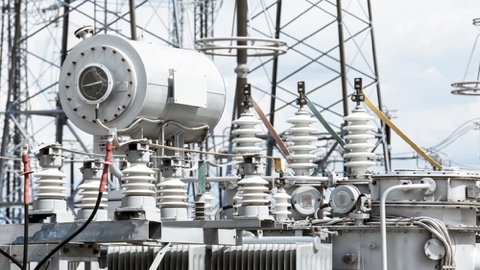
The Great Plains Institute (GPI) – a Minneapolis nonprofit working to transform the energy system to benefit the economy and the environment – has been selected by the U.S. Department of Energy’s National Renewable Energy Laboratory (NREL) as the lead organization conducting research on new ways that solar energy can improve the affordability, reliability, and resiliency of the nation’s electric grid. It will be one of nine teams selected to join the program, known as the Solar Energy Innovation Network. Other teams will be examining solar and grid resiliency, impacts on rate design, storage, and distribution generation in rural areas.
“We selected teams that are experimenting with promising ideas to use solar power to improve the future of grid security and reliability in their communities,” said Kristen Ardani, who leads the Innovation Network at NREL.
As electric vehicle grow in popularity, multiple EVs charging simultaneously could create significant local grid problems, increasing demand on the transformers or grid circuits, or exacerbating peak demand. A problem faced by grid operators is the reduction of inexpensive electricity being produced in the evenings when most EV owners charge their vehicles. GPI plans to look at these dilemmas together, rather than separately, in hopes of being able to directly control the level of charging to match the real-time production of renewable energy. This will better utilize the renewable energy, reduce use of the grid at peak demand, and potentially avoid expensive grid upgrades.The solutions developed and demonstrated by the GPI team will create pilot projects in Minnesota and serve as a blueprint for other states.
“The value of solar+EV technology differs depending on whether it’s residential use, workplace charging, or fleet charging,” said Brian Ross, the GPI project manager. “Solar+EV opportunities also change for different types of utilities in terms of meeting electric load, improving grid utilization, and avoiding costly upgrades. To capture these benefits, we need to see if we can create market-driven development opportunities for solar developers, utilities, and property owners, and the Solar Energy Innovation Network project gives us that opportunity.”
